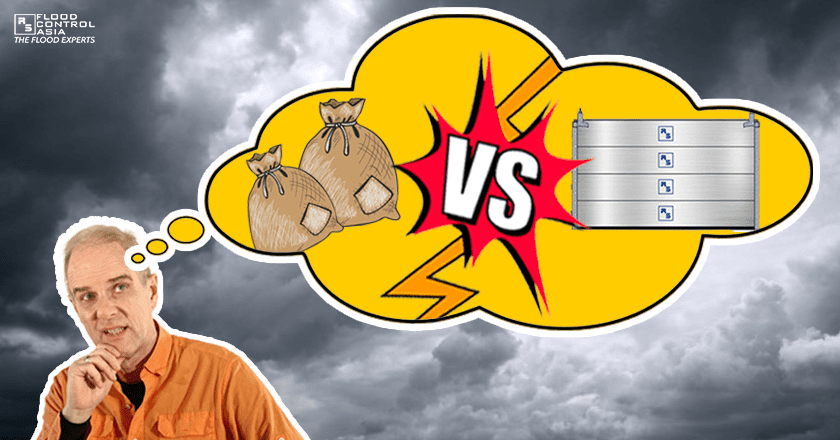Real-life Frozen: Historic Deep Freeze Grips US Midwest
March 2, 2019 | Created by: Andreas Klippe | Comments
The first month of this year saw below negative temperatures crippling cities and creating a record breaking cold wave across the United States. In 2014, the US also faced the same extreme weather event which took 21 lives and caused 5 billion USD in damages. This year’s cold snap has and will continue to be affecting millions of residents in the months to come.
US greeted 2019 with record breaking cold temperatures.
The arctic air mass prevailed over central and eastern US before moving to the northeast. Nearly half of the country was put under wind chill advisories as the icy temperatures led to the cancellation of flights, obstruction of travel, closing of schools and shutting down of business operations.
According to BBC news, a state of emergency has been declared in at least 5 states namely, Wisconsin, Michigan, Illinois, and even in the normally warmer states of Alabama and Mississippi.
At the city of “International Falls” in Minnesota, temperatures plummeted to -38 °C while Park Rapids’ plunged as low as -41 °C. According to forecasters, parts of the Dakota and Wisconsin saw temperatures of -56.7 °C.
A winter storm in Buffalo, New York.
The cold snap took the lives of at least 21 people across the country. Among those deaths are that of the 82-year-old man who died from hypothermia in Illinois, the university student who was found behind an academic hall in Iowa, and the couple who died after a fatal road collision.
Hundreds were also hospitalized due to frostbite.
But this event may also have brought some good news: researchers say that the cold snap may have killed off a majority of invasive insect species, mainly stink bugs.
Now what has caused this winter storm?
All this could be attributed to a rare occurrence called the Polar Vortex.
What is the Polar Vortex?
The polar vortex is not a new phenomenon.
Polar vortex is a blast of icy polar air that flows around the North Pole. It cascades from west to east all the way around the Earth. According to The Guardian, it is an atmospheric circulation of strong winds sitting in the stratosphere that keeps the cold air locked around the Arctic region.
Why then has it drifted south to the United States?
There are times that the vortex weakens. When this happens, the cold air pours down across Canada and into the US, and to other regions such as eastern Europe.
Between the Chicago Lake and Michigan River.
Climatologist Dr. Judah Cohen of the Atmospheric and Environmental Research said that disruptions, or a split in the polar vortex is responsible for the extreme winter weather in parts of US and Europe. Cohen explains that,
A sudden stratospheric warming usually leads to a warm Arctic not only in the stratosphere but also at the surface as well, and a warmer Arctic favors more severe winter weather in the Northern Hemisphere mid latitudes including the Eastern US.
While to some people, it may seem ironic that global warming could be a factor in extreme snow storms, an article by the National Oceanic and Atmospheric Administration suggests that severe snow storms aren’t only possible in a warming climate, but are even more likely to occur.
Walkway at North Avenue Beach by Lake Michigan in Chicago.
A more frequent occurrence of polar vortex breakdowns can be linked to climate change, studies say. Over the past 50 years, man-made greenhouse gas emissions caused the Earth to warm by 1.0 °C (equal to 1.8 ºF). But the Arctic has warmed by twice as much.
The melting of Arctic sea ice allows more heat to escape from the ocean. This energy is believed to cause the weakening of the vortices.
So since warm air causes the vortex to weaken and split up, the rapid rise of temperature in the Arctic contributes to the distortions of the polar vortices.
Data taken over the past decade indicates that in the years when a large amount of the Arctic sea ice has disappeared, the vortex showed a greater tendency to weaken.
There is still much debate regarding the link between climate change and extreme weather conditions such as this and as to whether or not global warming plays a role in this phenomena.
One thing to keep in mind is that, despite the brutal cold snaps, global temperatures are steadily rising and its effects are evident.
My question for you is…
Do you believe that climate change, fueled by human activities, plays a role in the severe winter weather in the US?






